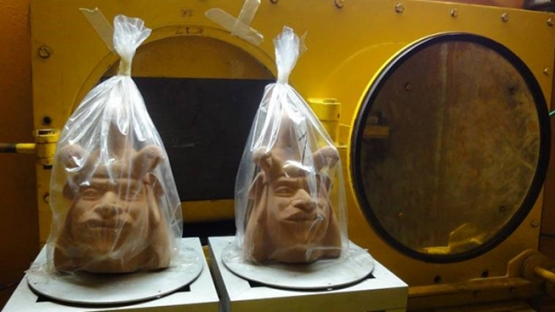From helping to solve historical criminal cases to determining the fate of a disappearing beach in Jamaica and the air quality at your gym: neutron activation is an established method to find out the composition and origin of materials. An e-learning tool developed by the IAEA is now helping researchers in 40 countries to apply it.
Neutron activation is a common type of analysis carried out in around half of the 238 operational research reactors worldwide as well as in some accelerator- based neutron sources. The highly sensitive technique can reveal the concentration of a single atom in a million, without the need to tamper with or destroy the material. Its precision offers advantages over other analytical methods, and it is particularly useful for bulk analyses and to study materials that are unique and must keep their integrity.
The technique works by irradiating stable atoms with neutrons and subsequently measuring the decay – or radiation – of the elements in the sample. Scientists use it to find the chemical signature of plastics, metals, glass, soil and air particles, among others.
“The main fields of application of this method today are in environmental sciences, archaeology, cultural heritage and even forensics,” said Nuno Pessoa Barradas, Research Reactor Specialist at the IAEA. “Researchers in these fields, however, do not necessarily have a background in nuclear physics, so they may not be able to use the technique to its full potential.”






